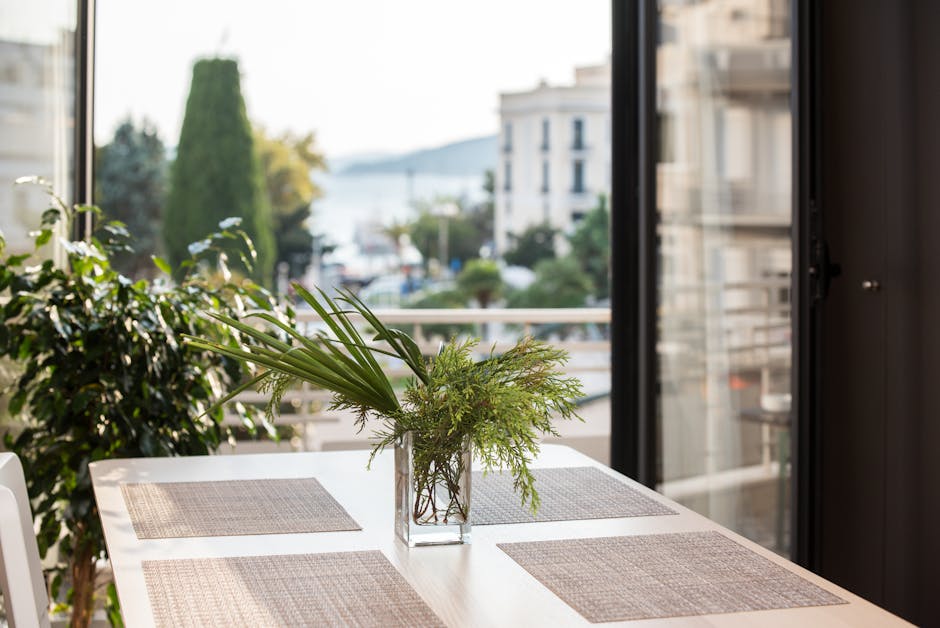Ever wondered how frugalism and minimalism differ? They often get lumped together, but they actually have distinct vibes and goals.
Both lifestyles aim to simplify, but they tackle it from different angles—money versus stuff.
If you’re curious about which path might suit you better, you’re in the right place.
We’re diving into 18+ key differences that highlight what sets frugalism and minimalism apart.
By the end, you’ll have a clearer sense of how these philosophies might fit into your life.
Let’s unpack these two lifestyles, starting with their core motivations.
Core Motivation and Purpose
Understanding why someone adopts frugalism or minimalism is crucial. While they both promote simplicity and intentional living, their driving forces differ. Frugalism is primarily about financial mindfulness and stretching resources, whereas minimalism focuses on reducing clutter and mental load by owning less.
These foundational differences influence how people approach daily decisions and long-term goals in each lifestyle.
Let’s explore some key motivational contrasts.
1. Frugalism aims to maximize savings – It’s all about finding ways to spend less and save more money, often with the goal of financial independence or early retirement. Frugalists meticulously track expenses and seek bargains to stretch their dollars further.
2. Minimalism centers on intentional ownership – Minimalists prioritize owning fewer things to reduce distractions and create mental clarity. The focus is less on money and more on emotional and spatial freedom.
3. Frugalism often involves budgeting and financial planning – Creating detailed budgets, monitoring spending patterns, and setting financial goals are typical frugalist practices. This structured approach helps prevent wasteful spending.
4. Minimalism encourages decluttering and simplicity – Instead of tracking money, minimalists frequently declutter their homes and lives to maintain only what truly adds value or joy. This process can be ongoing and fluid.
5. Frugalism’s motivation is security and freedom – Saving money is a pathway to financial independence, reducing stress related to finances and enabling life choices without financial constraints.
Transitioning from why people choose these lifestyles, next we’ll look at how they approach possessions and spending differently.
Approach to Possessions and Spending
How you treat your belongings and spending habits reveals a lot about your lifestyle. Frugalism and minimalism have contrasting views on accumulation and consumption, impacting what and how much you buy.
While frugalism is about cutting costs wherever possible, minimalism focuses on owning fewer items, regardless of price.
Here are some standout differences in their approaches to possessions.
6. Frugalists seek deals and discounts – They often hunt for coupons, sales, and secondhand items to save money. The goal is to meet needs at the lowest possible cost without necessarily reducing quantity.
7. Minimalists prioritize quality over quantity – They prefer fewer, well-made items that last longer, even if they cost more upfront. This reduces clutter and the need for replacements over time.
8. Frugalism allows for keeping multiple items if they’re inexpensive – Owning several affordable clothes or gadgets is fine as long as it fits the budget and isn’t wasteful.
9. Minimalism encourages ownership limits – Many minimalists adopt rules like the 100-item challenge or capsule wardrobes to consciously limit how many possessions they keep.
10. Frugalism focuses on utility and necessity – Purchases are made based on practical needs and cost-effectiveness, often with a “use it up” mindset to avoid waste.
Next, we’ll explore how these lifestyles differ in mindset and emotional impact.
Mindset and Emotional Impact
The way frugalism and minimalism affect your mindset can be surprisingly different. Both can bring peace and satisfaction but through varying emotional pathways.
Frugalism often demands vigilance and discipline, while minimalism promotes calmness and mindfulness. These emotional nuances shape how sustainable each lifestyle feels to different people.
Let’s dig into some of these mindset contrasts.
11. Frugalism can sometimes feel restrictive – Constant budgeting and avoiding expenses may lead to feelings of deprivation or stress, especially when social activities involve spending.
12. Minimalism fosters mental clarity – By reducing possessions and commitments, minimalists often experience less anxiety and a greater sense of calm in their day-to-day lives.
13. Frugalists celebrate financial wins – Achieving savings goals or paying off debt brings a strong sense of accomplishment and security.
14. Minimalists value freedom from material attachment – Letting go of things can be liberating, creating emotional space for experiences and relationships instead.
15. Frugalism requires ongoing vigilance – It demands a continuous effort to monitor spending and resist temptations, which can feel exhausting over time.
Moving from mindset, it’s important to look at how these philosophies affect lifestyle choices and daily habits.
Lifestyle Choices and Daily Habits
Frugalism and minimalism shape your everyday routines and decisions in unique ways. Their practical applications differ, influencing how you shop, organize, and spend your time.
By examining these lifestyle choices, you can see which approach might better align with your personality and goals.
Here are some typical habits and choices from both worlds.
16. Frugalists often meal prep and cook at home – To save money, they avoid dining out and plan meals carefully, buying in bulk or on sale.
17. Minimalists focus on simplifying routines – They aim to reduce decision fatigue by limiting wardrobe options or streamlining daily tasks.
18. Frugalism encourages DIY and repair – Fixing items instead of replacing them is common, saving money and reducing waste.
19. Minimalism promotes mindful consumption – Before buying, minimalists ask if the item truly adds value or joy, often waiting before making purchases.
20. Frugalists track expenses religiously – Using apps or spreadsheets, they keep a close eye on every dollar spent to identify savings opportunities.
Next, let’s consider the community and cultural aspects surrounding each lifestyle.
Community and Cultural Influence
The social environments and cultural narratives around frugalism and minimalism differ, shaping how people experience and sustain these lifestyles.
From online communities to broader societal trends, these influences impact motivation and practices.
Here are some cultural and community distinctions worth noting.
21. Frugalism communities emphasize financial advice and hacks – Forums and blogs often share tips on saving money, investing, and budget challenges.
22. Minimalism communities focus on decluttering and mindfulness – Groups often share before-and-after photos, emotional stories, and tips for living with less.
23. Frugalism is often linked to FIRE (Financial Independence, Retire Early) – This cultural movement motivates many frugalists toward aggressive saving and investment strategies.
24. Minimalism is sometimes tied to sustainability and eco-consciousness – Reducing possessions aligns with environmental values for many minimalists.
25. Frugalism can sometimes be viewed as penny-pinching – This stereotype might deter some, though many frugalists focus on smart spending rather than extreme thriftiness.
Both lifestyles offer valuable lessons, but their communities and cultural contexts provide different kinds of support and inspiration.
Choosing the right fit depends on your personal goals and values.
In summary, frugalism and minimalism are distinct yet complementary paths to a simpler life. Frugalism centers on financial prudence and maximizing savings, while minimalism emphasizes owning less to create mental and physical space.
Both lifestyles encourage intentional living but differ in methods and emotional experiences. Understanding these differences can help you adopt the practices that resonate most with your personality and goals.
Ready to give one a try? Start small, experiment, and see how these philosophies transform your life. Share your journey with others—you might inspire someone else to embrace simplicity too!



